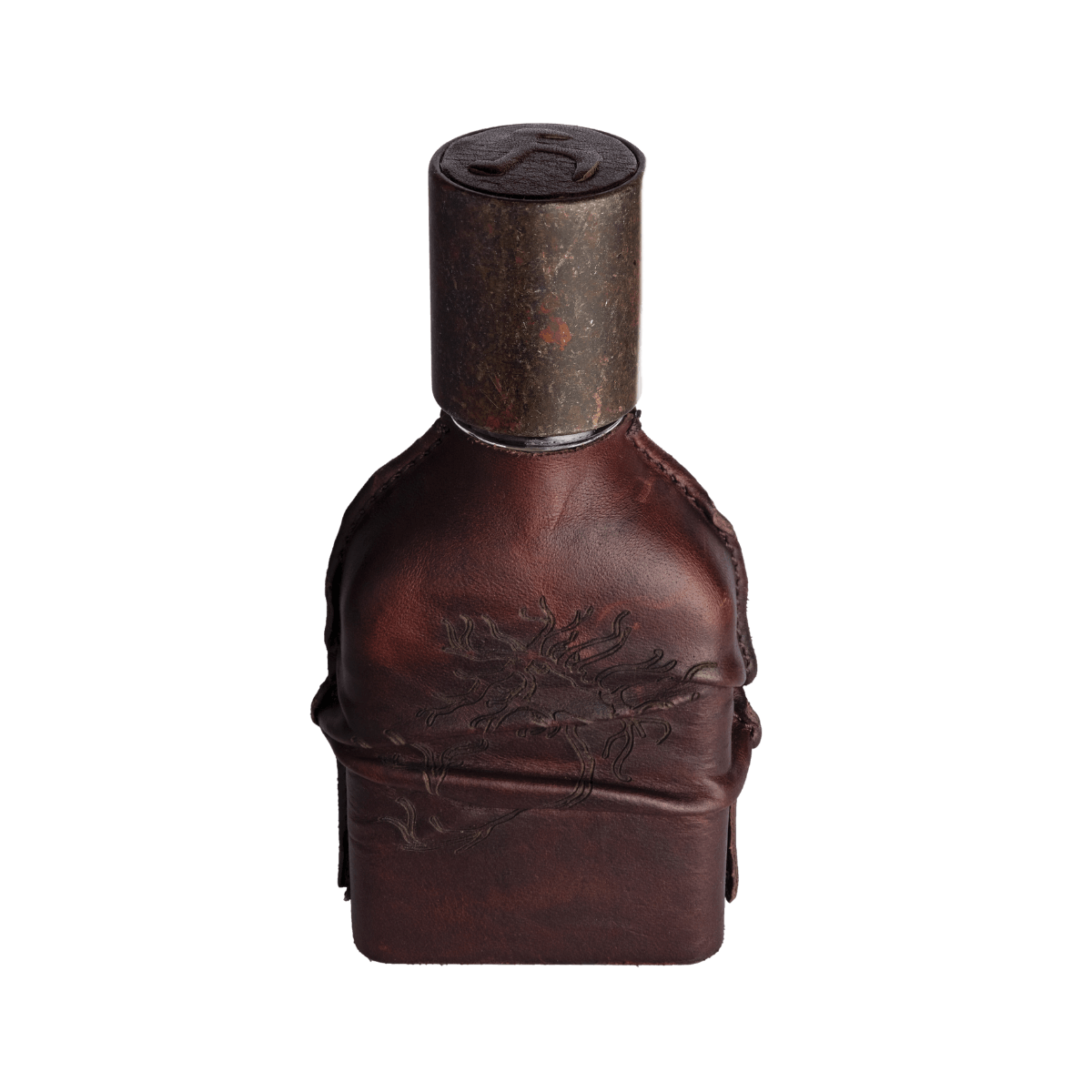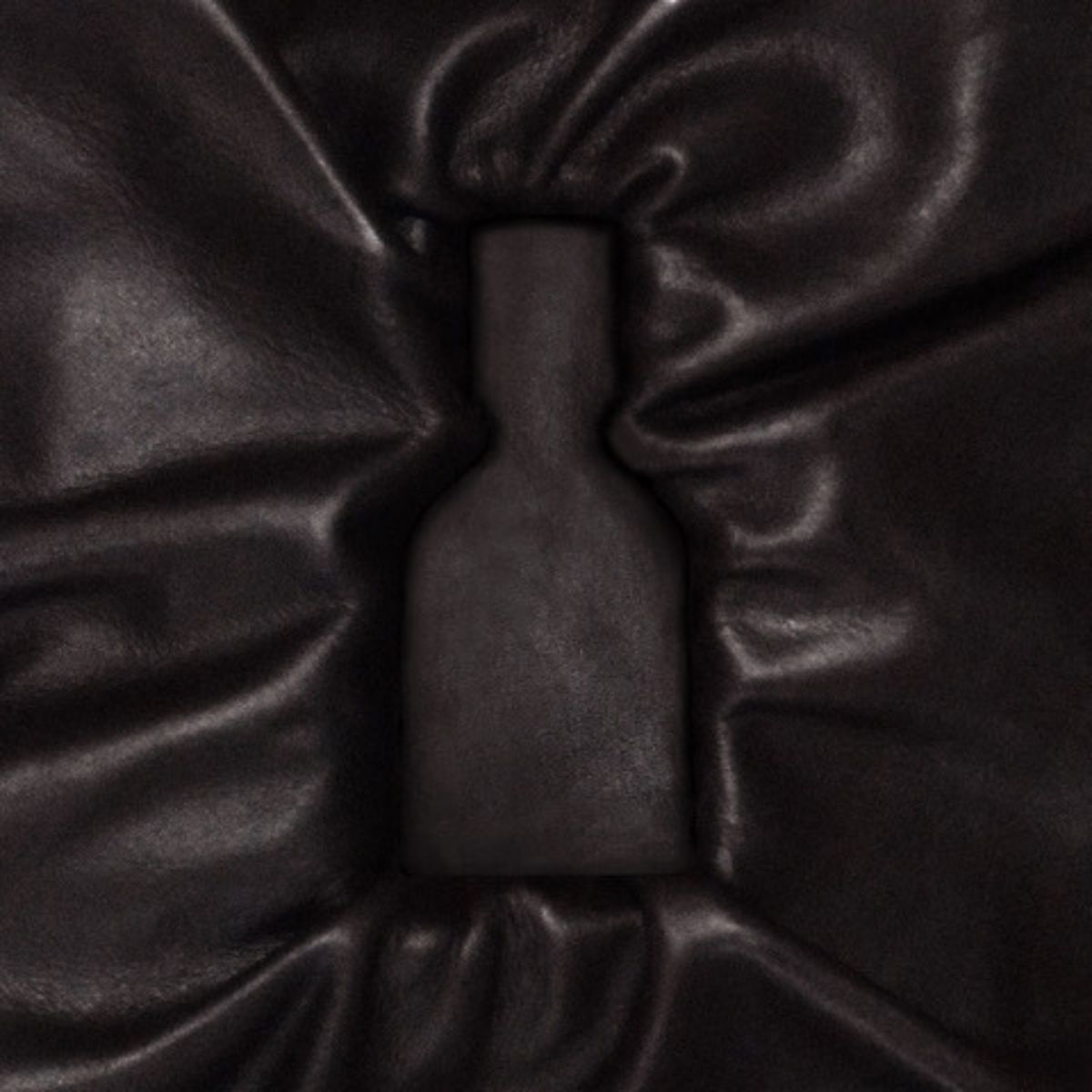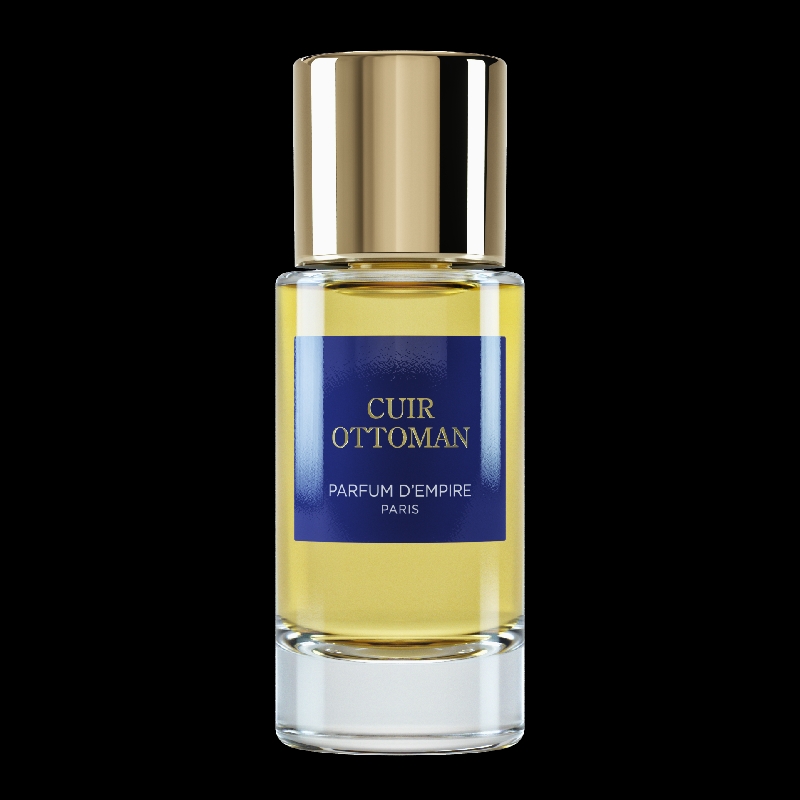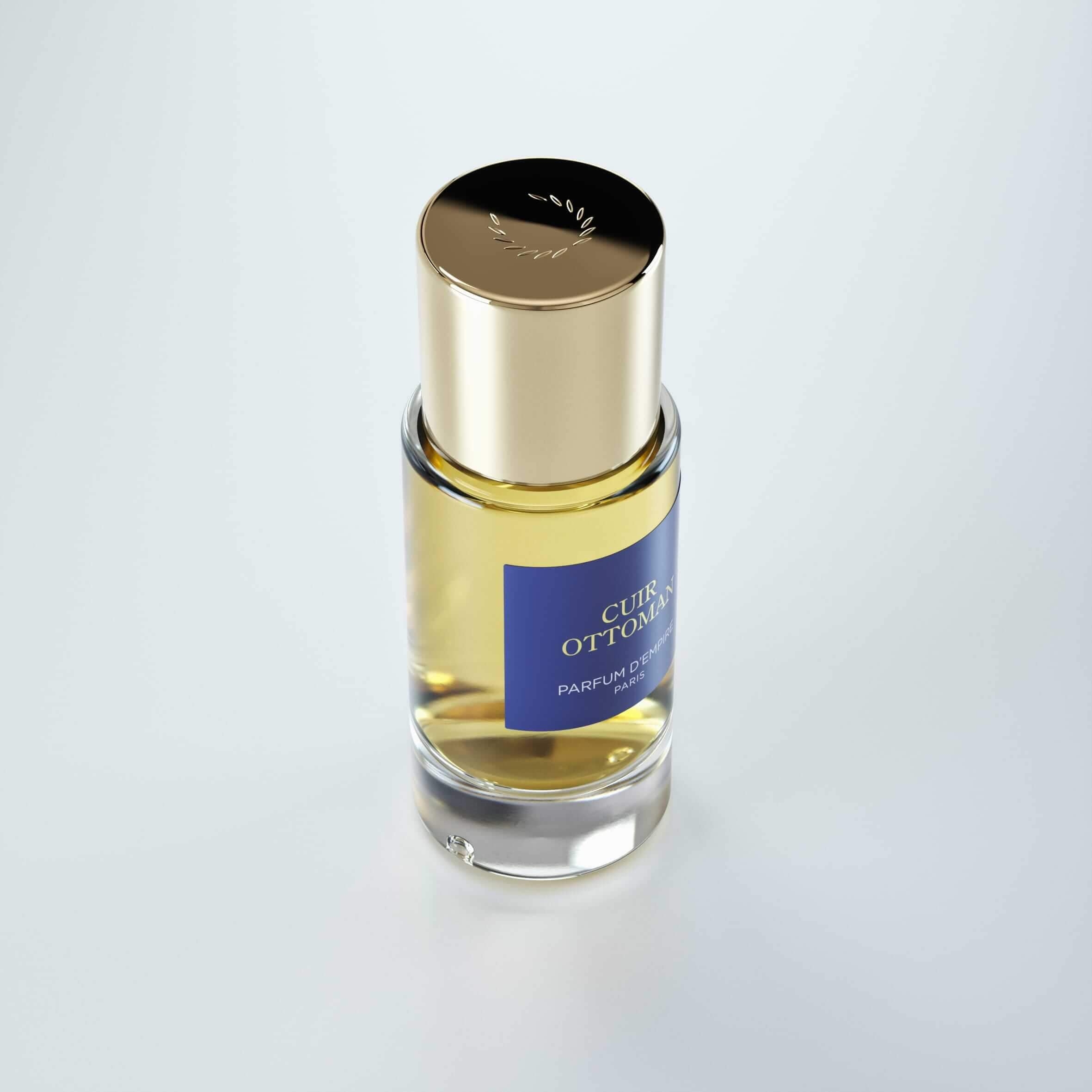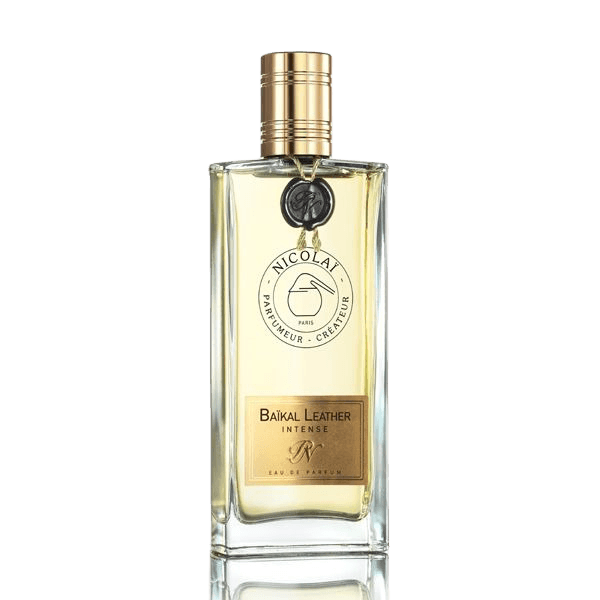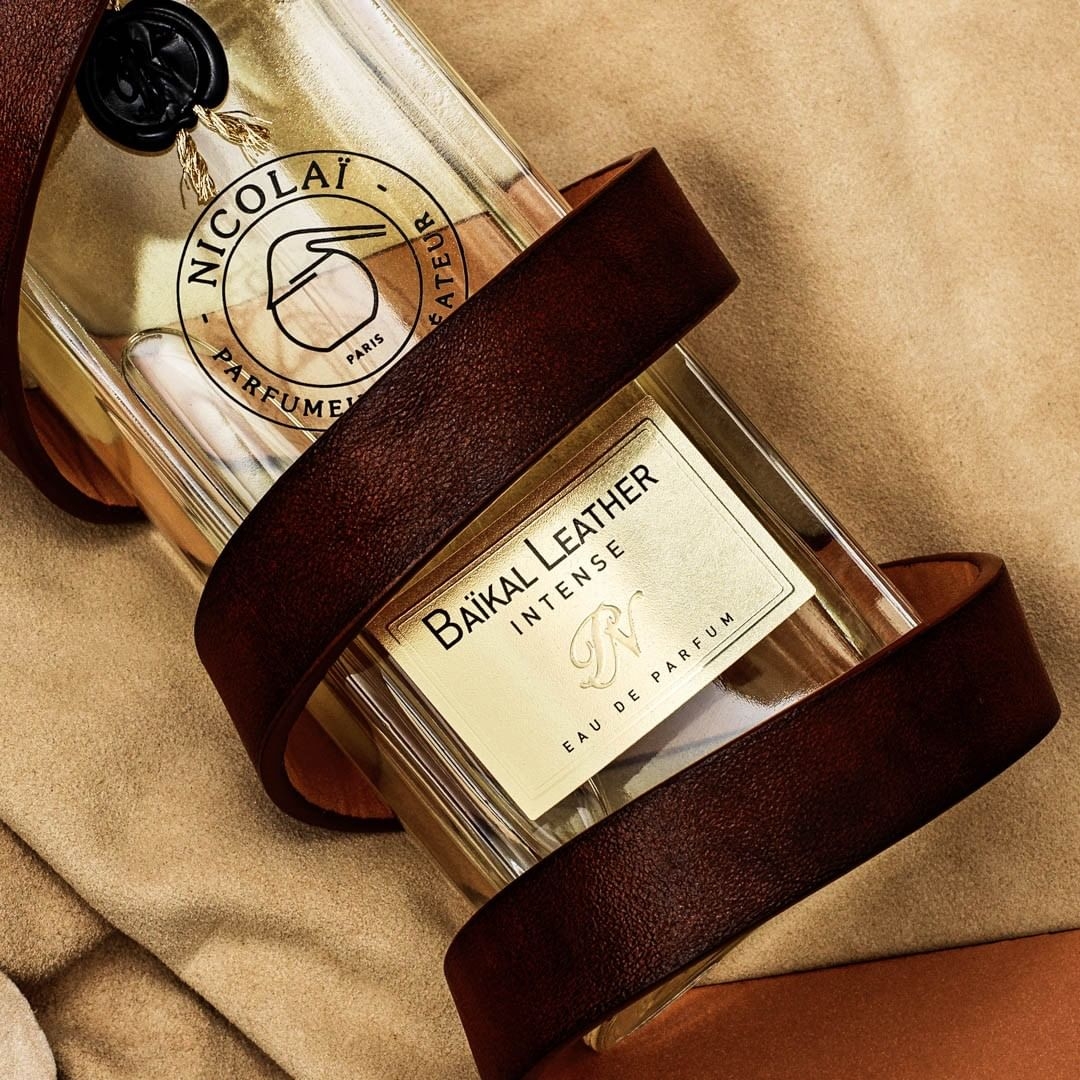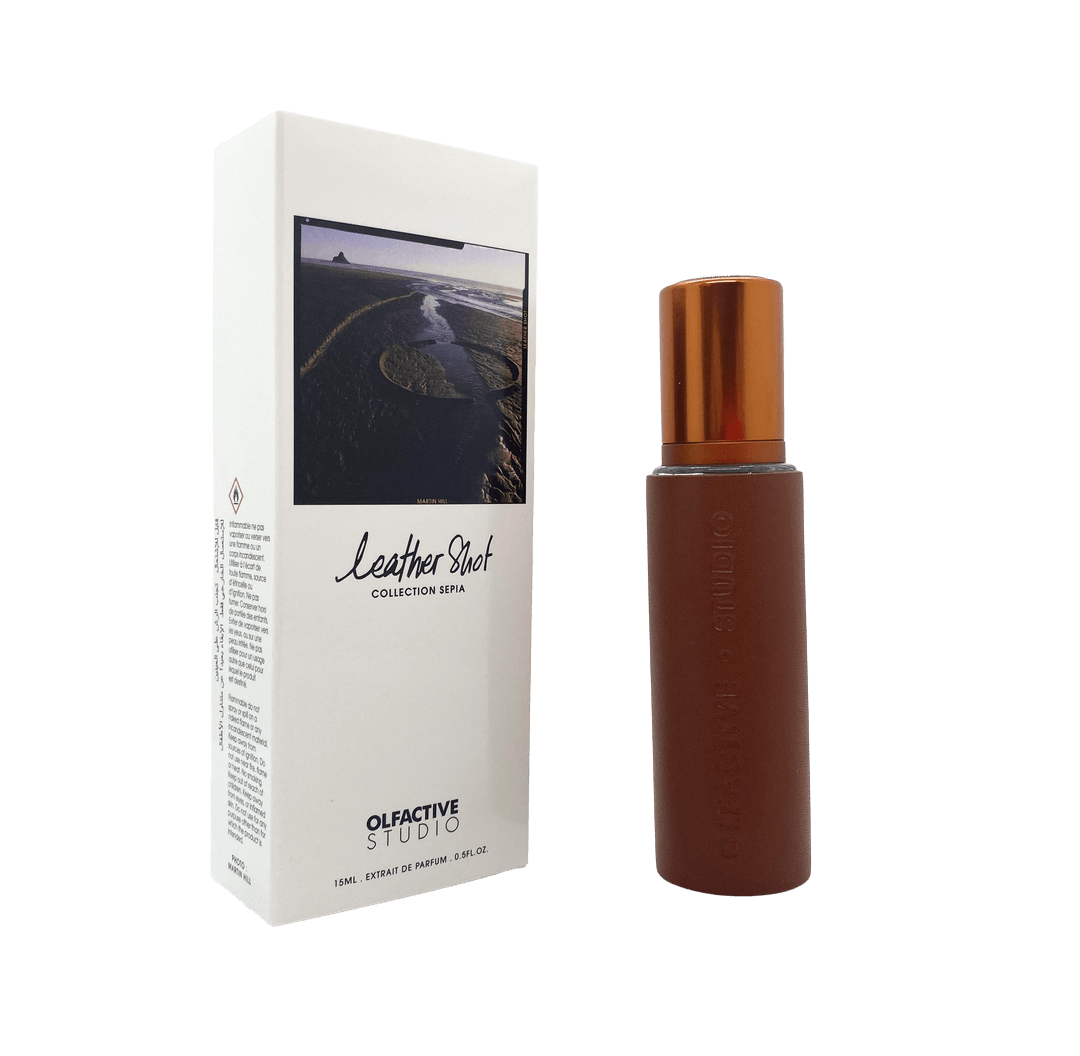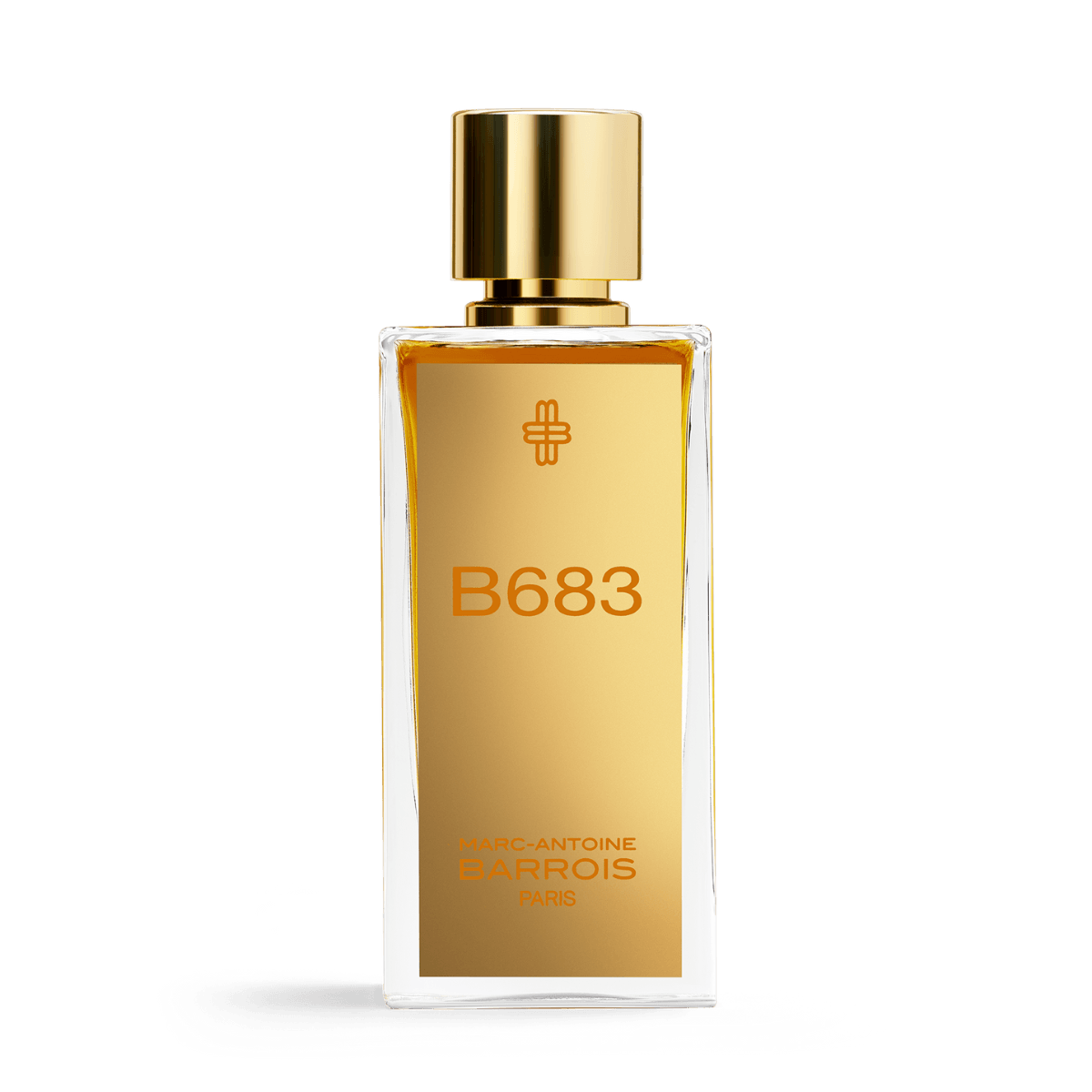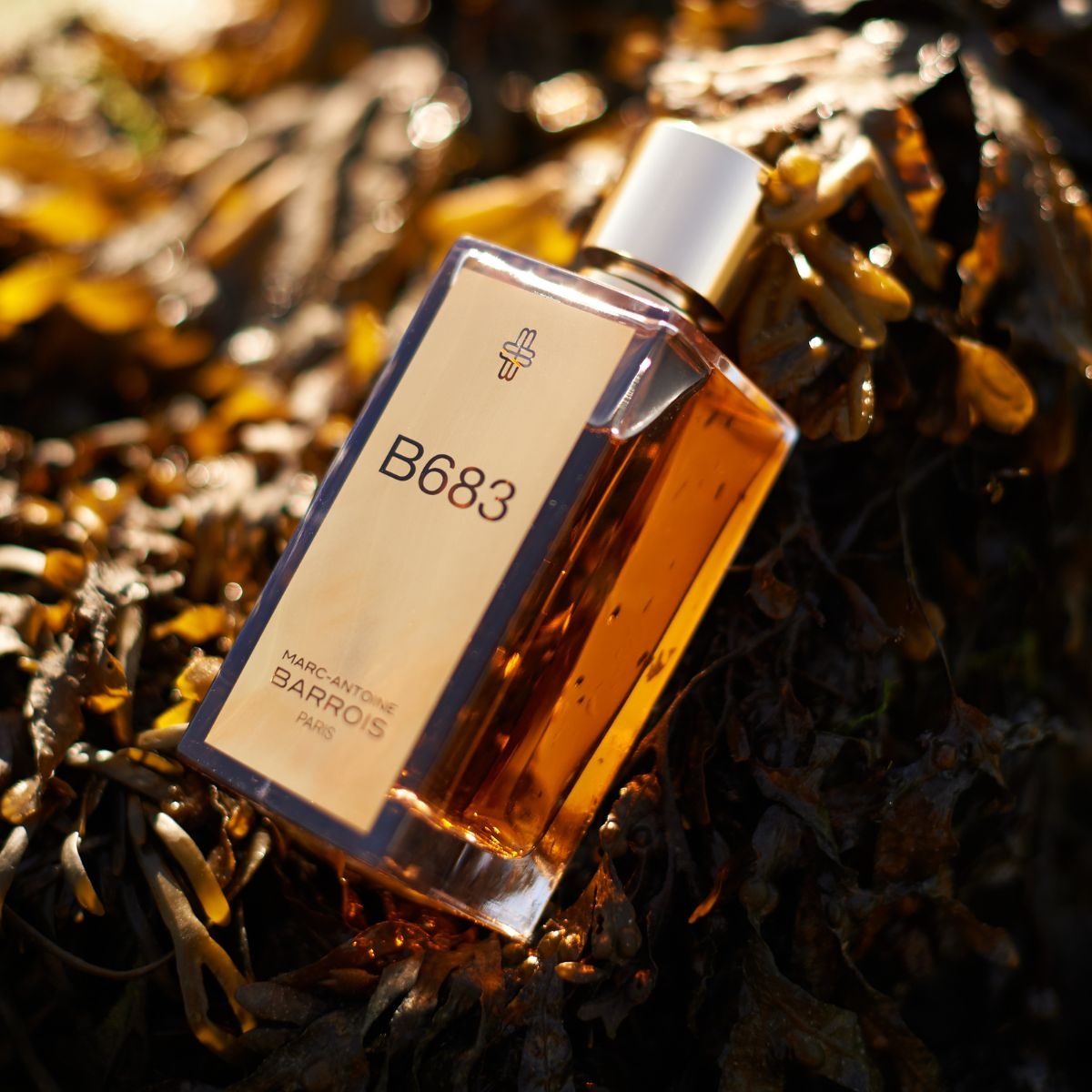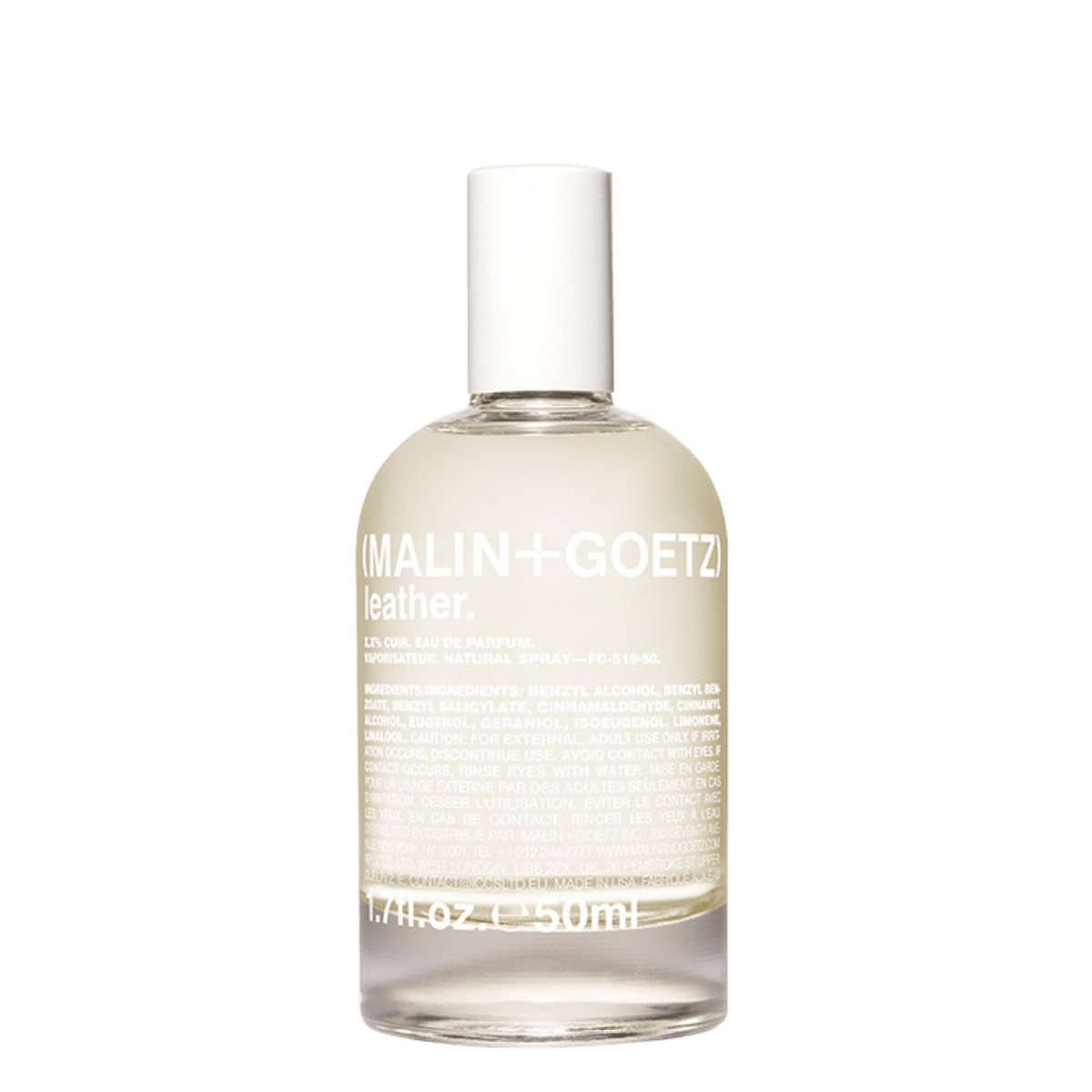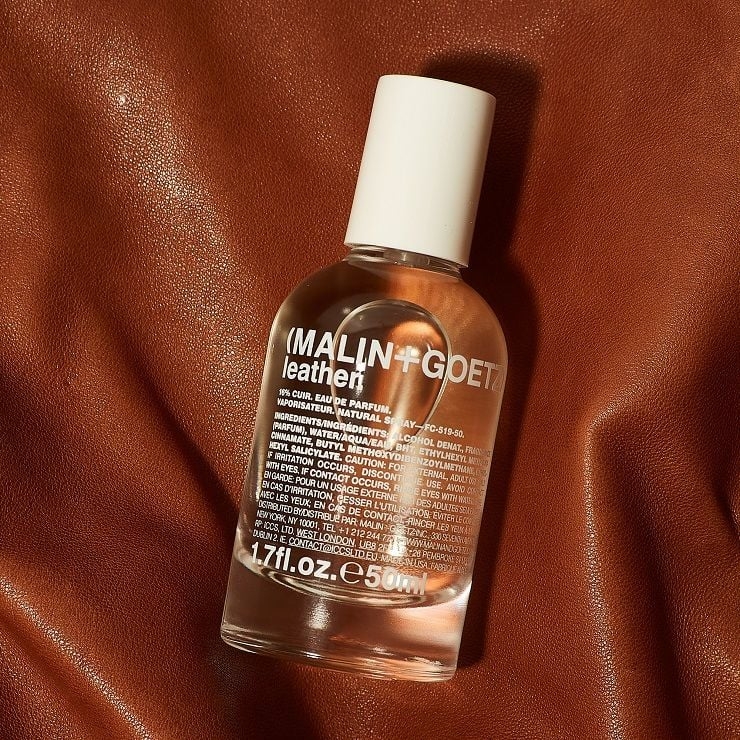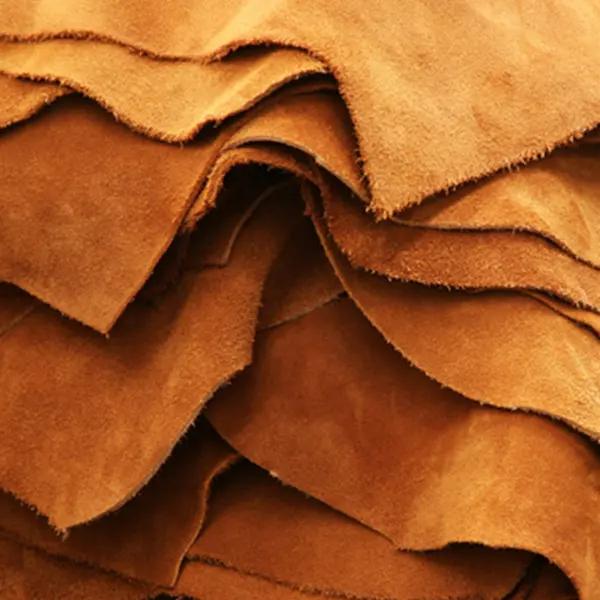
Discover leather perfumes
From tough and animalic to sensual and powerful to soft and delicately supple, a leather accord in perfumes is very enticing. Leathery notes can differ from one another, ranging from woody and smoky to floral, fruity to tones of tobacco.
The smell of leather
The leather accord in perfumes is characterized by a wide range, from dark deep leather to soft and supple suede. The perfumes often have a dry feeling, the fragrance family is also often described as dry woods. In darker leather perfumes you can smell notes such as: smoky, almost burnt (birch tar), animalic (castoreum), salty, woody (oud), spicy (saffron) and balsamic (styrax). But traces of tar and tobacco can also occur in these perfumes.
The softer suede feel is expressed by warm wood, amber and almond notes. Fantastic synthetic ingredients as Suederal, Safraleine and isobutyl quinoline are also used.
More leather perfumes
Masculine of feminine?
Leathery notes in perfumes are for everyone: there are no limits. It is rough and animalistic, yet elegant and seductive. Perfect if you like a little edge in your fragrance.
Tip: spray some perfume with leather accords on your leather gloves and skin and see how the scents mix and compliment each other.
Let's talk about leather
What kind of sub categories are there? How do they smell? How is a leather effect created in perfumery? Watch and find out...
Leather gloves: where it all started
The smell of leather is inseparable from the history of perfume. During the Middle Ages tanners settled in provincial Grasse in France for trading. Buyers from Italy, mainly Genoa and Pisa, all came to Grasse for trading leather. However, the smell of the tanned leather was so unpleasant that the French noblesse wanted a solution to cover up the smell.
What was already common in Spain, was to perfume leather with a mixture of herbal and flower oils. And so, “Peau d’Espagne” (the skin of Spain) was born. In Italy, at the end of the 15th century, people also began to perfume the leather with a base of almonds, among other things, a discovery by Marquis Pompeo Frangipani.
When Catherine de Medici received a pair of perfumed leather gloves from the tanner Monsieur Molinard during a visit to Grasse, she was delighted with this fragrant keepsake. The perfume he had used to mask the scent of the leather was a blend of lavender, orange blossom and other plants and flowers from the area.
This gift was such a great success among the French nobility that an industry developed in Grasse around the perfuming of luxury leather goods.
Russian Leather
In the 19th century it was custom in Russia for dancers and soldiers to polish the leather shoes with fragrant essences: for example, with birch tar, styrax, or tobacco. How special the shoes of these gentlemen must have smelled! This development led to the creation of Guerlain’s Cuir de Russie in 1872, and many other well-known houses would market their own ‘Cuir de Russie’ in a bottle, such as Chanel in 1924, L.T. Piver in 1939 and Creed in 1953.
In recent decades, leather in perfume has made a comeback, many mainstream brands have launched scents starring leather. It is remarkable how the masking of the smell of tanned leather has eventually become a separate fragrance family!
